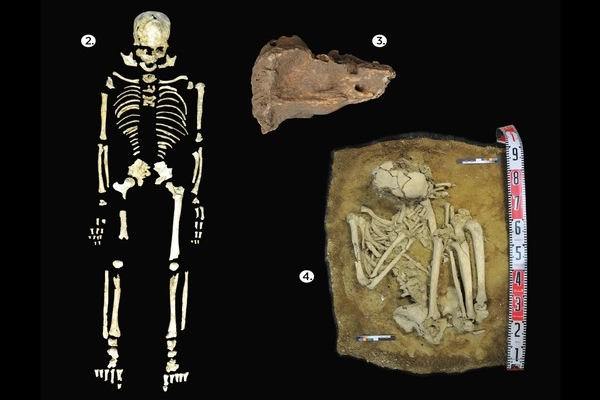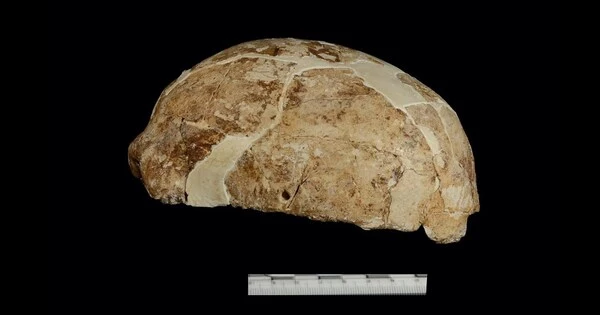Researchers have successfully sequenced the genomes of ancient human fossils from the Late Pleistocene in southern China for the first time. According to the findings, which were published in the journal Current Biology, the mysterious hominin belonged to an extinct maternal branch of modern humans that may have contributed to the emergence of Native Americans.
Su describes the ancient DNA technique as a “really powerful tool. Despite their unusual morphological features, it tells us quite definitively that the Red Deer Cave people were modern humans rather than an archaic species like Neanderthals or Denisovans,” he says.
The genomes of these fossils were compared to those of people from around the world by the researchers. They discovered that the bones belonged to an individual who was closely related to Native Americans’ East Asian ancestors. When combined with previous research findings, the team hypothesized that some of the people from southern East Asia traveled north along the coast of present-day eastern China, through Japan, and into Siberia tens of thousands of years ago. They then crossed the Bering Strait, which connects the Asian and North American continents, and became the first people to arrive in the New World.
Such data will not only help us paint a more complete picture of how our ancestors migrated, but will also contain important information about how humans change their physical appearance over time by adapting to local environments, such as variations in skin color in response to changes in sunlight exposure.
Xueping Ji
The journey to making this discovery began more than three decades ago, when a group of Chinese archaeologists discovered a large set of bones in the Maludong, or Red Deer Cave, in Yunnan Province, southern China. Carbon dating revealed that the fossils were from the Late Pleistocene period, about 14,000 years ago, when modern humans had spread across the globe.
Researchers recovered a hominin skull cap from the cave that had characteristics of both modern and archaic humans. The shape of the skull, for example, was similar to that of Neanderthals, and the brain appeared to be smaller than that of modern humans. As a result, some anthropologists had thought the skull probably belonged to an unknown archaic human species that lived until fairly recently or to a hybrid population of archaic and modern humans.
In 2018, in collaboration with Xueping Ji, an archaeologist at Yunnan Institute of Cultural Relics and Archaeology, Bing Su at Kunming Institute of Zoology, Chinese Academy of Sciences, and his colleagues successfully extracted ancient DNA from the skull. Genomic sequencing shows that the hominin belonged to an extinct maternal lineage of a group of modern humans whose surviving decedents are now found in East Asia, the Indo-China peninsula, and Southeast Asia islands.

The finding also shows that during the Late Pleistocene, hominins living in southern East Asia had rich genetic and morphologic diversity, the degree of which is greater than that in northern East Asia during the same period. It suggests that early humans who first arrived in eastern Asia had initially settled in the south before some of them moved to the north, Su says.
“It’s an important piece of evidence for understanding early human migration,” he says. Next, the team plans to sequence more ancient human DNA by using fossils from southern East Asia, especially ones that predated the Red Deer Cave people.
“Such data will not only help us paint a more complete picture of how our forefathers migrated, but it will also contain important information about how humans change their physical appearance over time by adapting to local environments, such as variations in skin color in response to changes in sunlight exposure,” Su says.
The authors of the new study compared the fossil genome to people from all over the world and discovered that the bones were strongly linked to Native Americans’ East Asian ancestry. Furthermore, the team supported previous theories that ancient people from southern East Asia traveled along China and Japan’s coastlines before crossing to the New World.
The discovery also demonstrates that early hominins first settled in southern Asia before moving north during the Late Pleistocene, concluding that they were distinct in their genetics and physical characteristics.
“Such data will not only help us paint a more complete picture of how our ancestors migrated, but will also contain important information about how humans change their physical appearance over time by adapting to local environments, such as variations in skin color in response to changes in sunlight exposure,” said co-author Su.





